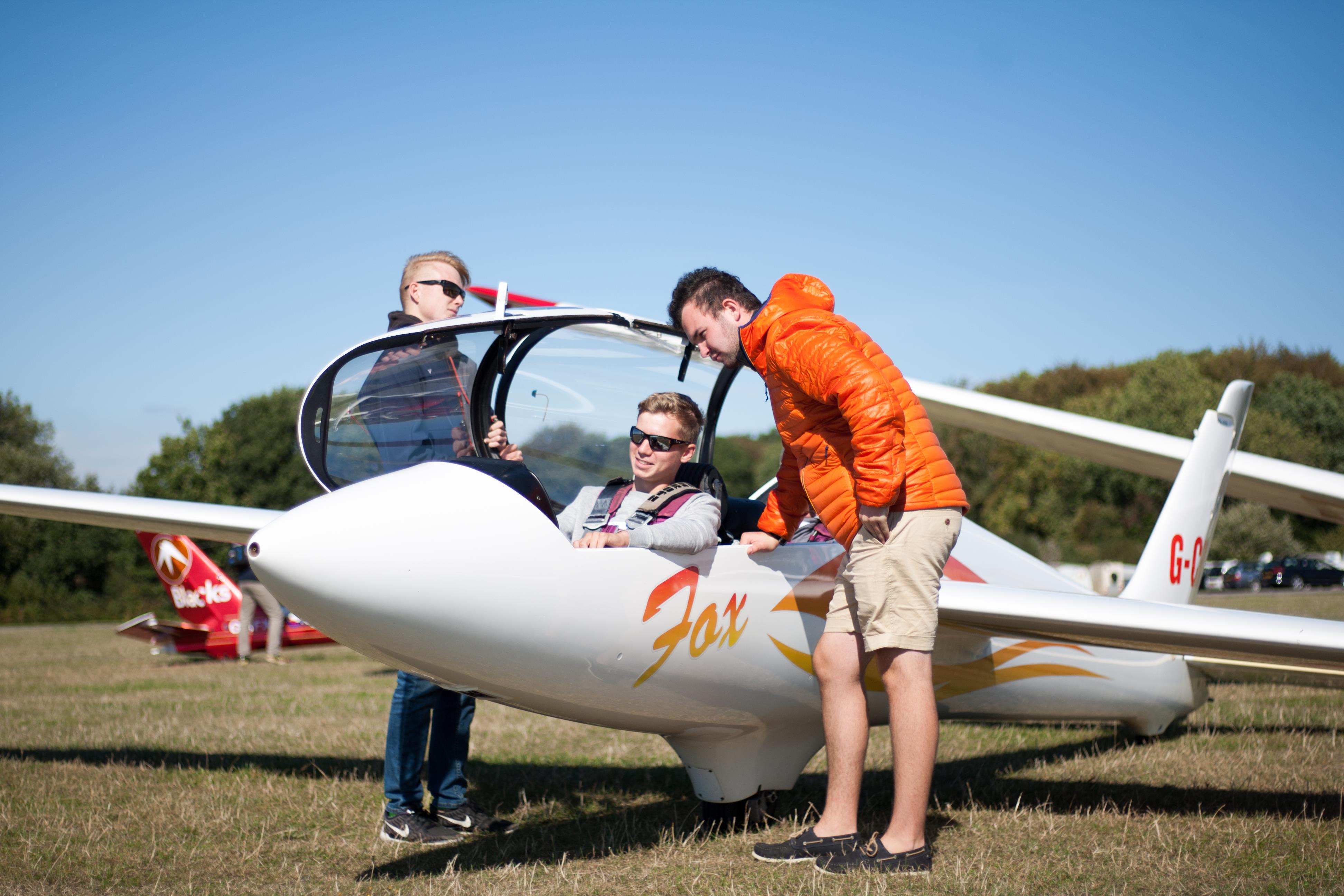Wind the clock forward and we now have a well-regulated global sport with participation options ranging from the novice right up to the World Championship Unlimited Class in both powered aircraft and glider disciplines.
Spins, loops, rolls and everything inbetween – British Aerobatics chairman, Steve Todd, tells us more about this enthralling sport. Enjoy the ride!
How would you describe Aerobatics?
Competition aerobatics is all about presenting a series of pre-determined aerobatic figures to a panel of judges and keeping that presentation in a 1km cube of air centred on the judging position.
This requires taking into account wind speed and direction, weather conditions and the aircraft’s performance and then placing each figure so that the judge can see and mark every element clearly. Sounds easy, doesn’t it?
Factor in the physical forces involved in sudden changes in direction and the mental dexterity required to recall the sequence in the correct order and you will soon see that this is a sport for the physically fit, sharp and ambitious pilot.
It is great exercise, a fantastic stress reliever and really does engender a feeling of true achievement at every turn of your progression in the sport.
What are the basic rules?
Pilots take turns to demonstrate their skills in an imagined aerobatic box located over the host airfield, participating in different programmes designed to test the depth of their abilities.
These range from known sequences which normally remain fixed for the season and can be practised, through to sequences which are presented to be learned and flown on the day.
These get progressively more challenging as the pilot moves through the classes from Club, through Sports, Intermediate, Advanced and on to Unlimited.
Before going anywhere near the aircraft, the pilot spends a while preparing and rehearsing each figure in his head, planning the speeds and heights required to complete it safely and present it optimally. Walkthroughs are essential and pilots often buddy up to help each other with their preparation.
How does the scoring system work?
It is assumed that the pilot will fly a perfect figure and he is then penalised whole or half marks from a starting point of 10.
Marks are lost for being over or under on a vertical line, stopping rolls before or after the mark or failing to draw the basic shape of the figure, allowing for the wind on the day.
Penalties are added for wrong figures, figures flown in the wrong place or wrong direction or elements of the figure not correctly performed. Strict penalties or disqualification are applied for breaches of minimum height or safety regulations and positioning scores are accumulated as the sequence progresses.
An experienced judge will pick up errors in even the simplest of figures, so 10’s are rare and zeros not always avoided.

How can someone get involved?
To compete you obviously need to have qualified as a private pilot or hold a gliding badge, although pilots under instruction can get involved in our Get into Aeros and Club events for experience.
We operate a strict flight evaluation scheme where a pilot is assessed on both knowledge and skill before being cleared to compete at the next level.
Coaching and training camps help equip pilots with the knowledge and experience of new figures, new techniques and mental preparation tips. It is often said that no pilot has ever reached the top of the aerobatic ladder.
If the flying aspect does not appeal or the time is not right to learn to fly, you can still get involved on both the judging and organisational side of the sport.
Start by offering to help out a judge at one of our regional contests and you can quickly learn the rules and techniques and become a judge yourself.
Contests also require scoring, paperwork and assistant roles, so have a look at www.aerobatics.org.uk and see about coming along to a contest when we are able to start flying again.
Why should people give it a go?
Aerobatic experience flights are widely available, just look up your local flying or glider club. These will usually offer you a chance to experience some basic figures, the g-forces involved and perhaps have a go at flying a loop or a roll.
Once you have your licence, you would ordinarily undertake a course to get an aerobatic rating, before taking your first steps towards competition. This can be the most exciting and challenging time of your flying career as you realise the satisfaction that participating in the sport can bring.

Is there a disability option?
Disabled pilots find a special satisfaction in competing on level terms with able-bodied pilots and the UK has an admirable record in supporting pilots to overcome the extra challenges this involves. The flying charity Aerobility operates nationally and has specially adapted aircraft, as well as helping to overcome both physical and mental barriers.
What advice would you have for anyone looking to take up the sport?
Try it! It is not for everyone and if you are not keen on roller coasters or flying generally it might not work for you. Having said that if it does appeal then start by finding your local club with an aerobatic aircraft or glider and arrange to have a go.
We have Preferred Training Partners and Training Centres listed on our website and there are some great instructors waiting to start teaching you the basics and get you on the ladder.










